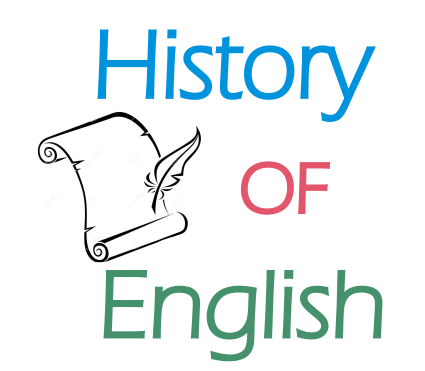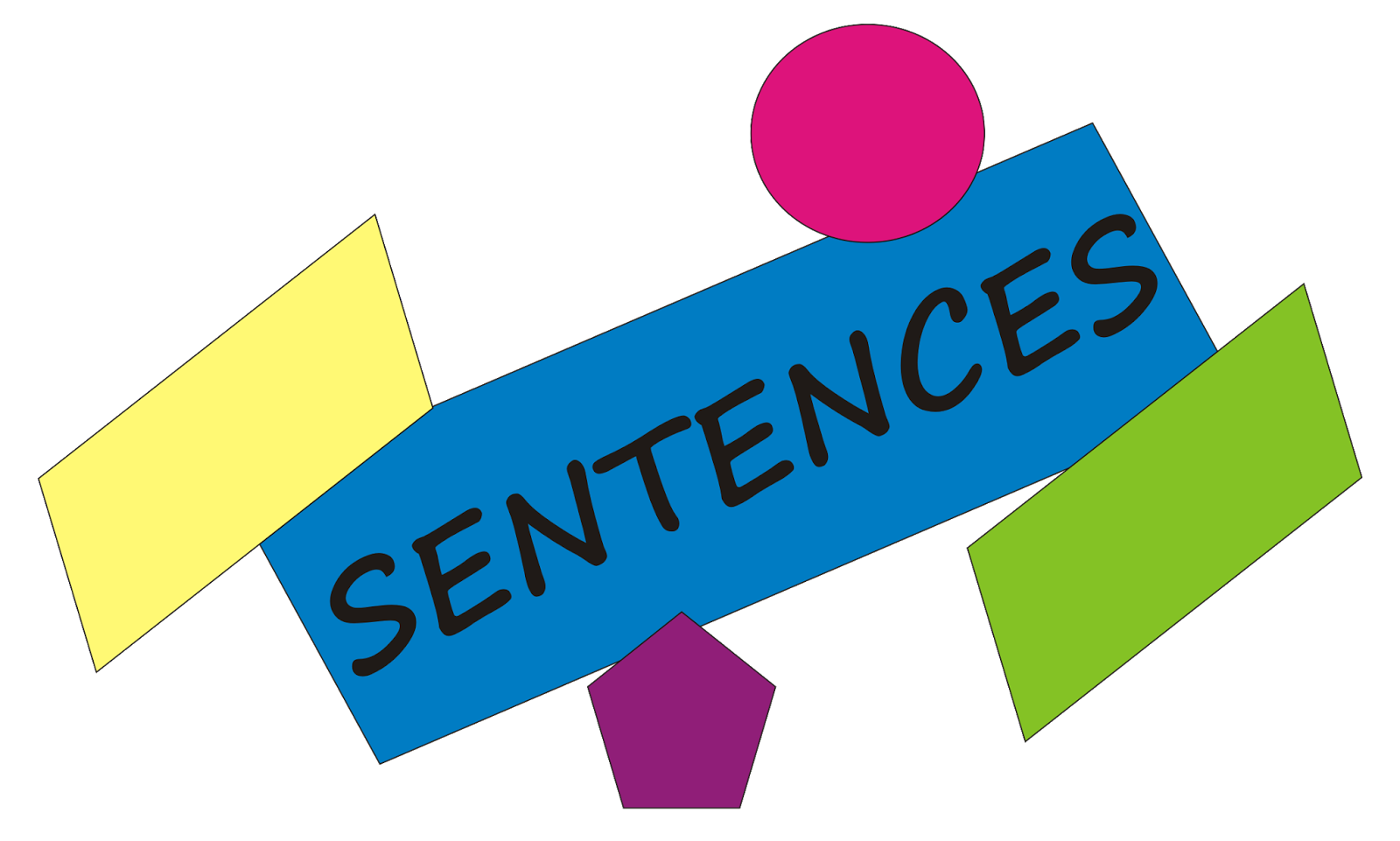Introduction
English
is a very wide language that is spoken in the whole world. We must have to
learn English to compete with the world. In our previous articles, we discussed
different Helping Verbs used in English Grammar just like is/am/are, was/were, have/has.
Today we are going to discuss the use of ‘Had’ in English (the Past Participle
of has/have).
Use of Had
This
Auxiliary Verb
is used to show the Possession of something to someone in the Past, means the Subject was having
something. Past Participle have/has is said to be ‘Had’. There is difference of
tense between use of Has Have and Had. It is compulsory to know when to use
Have and Had. The ‘Have/Has’ is used in the Present and the ‘Had’ is used in
the Past.
There
are different uses of ‘Had’. If we are using this Helping Verb with the Main Verb, it changes
the meaning and the Structure of the Sentence (We will discuss this later on).
No comments
Posted at 05:53 | by
Unknown





















